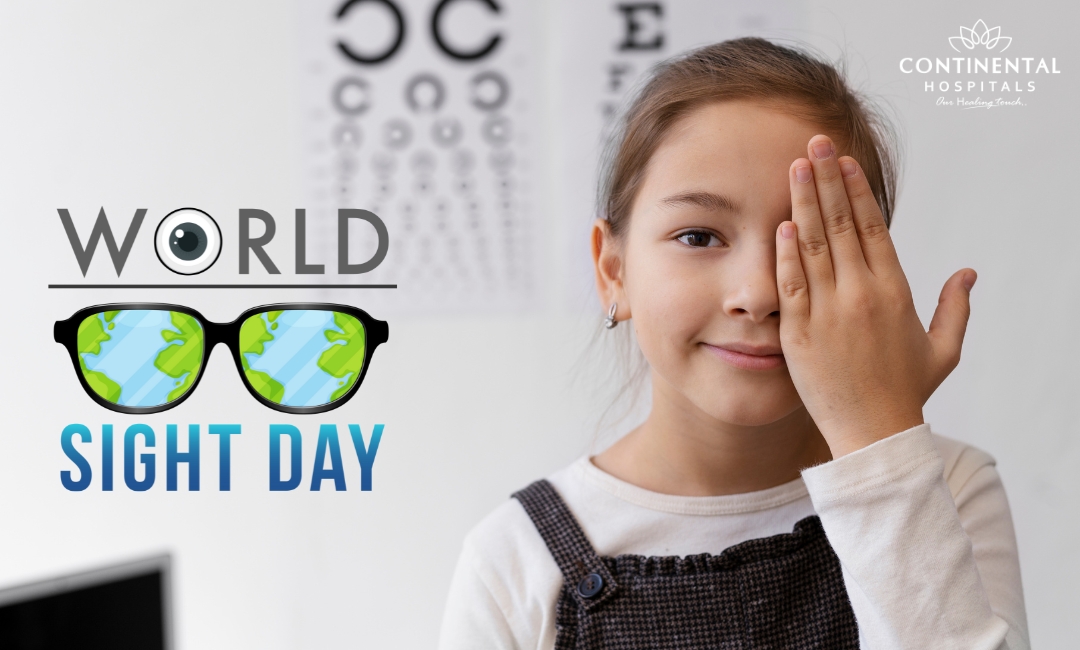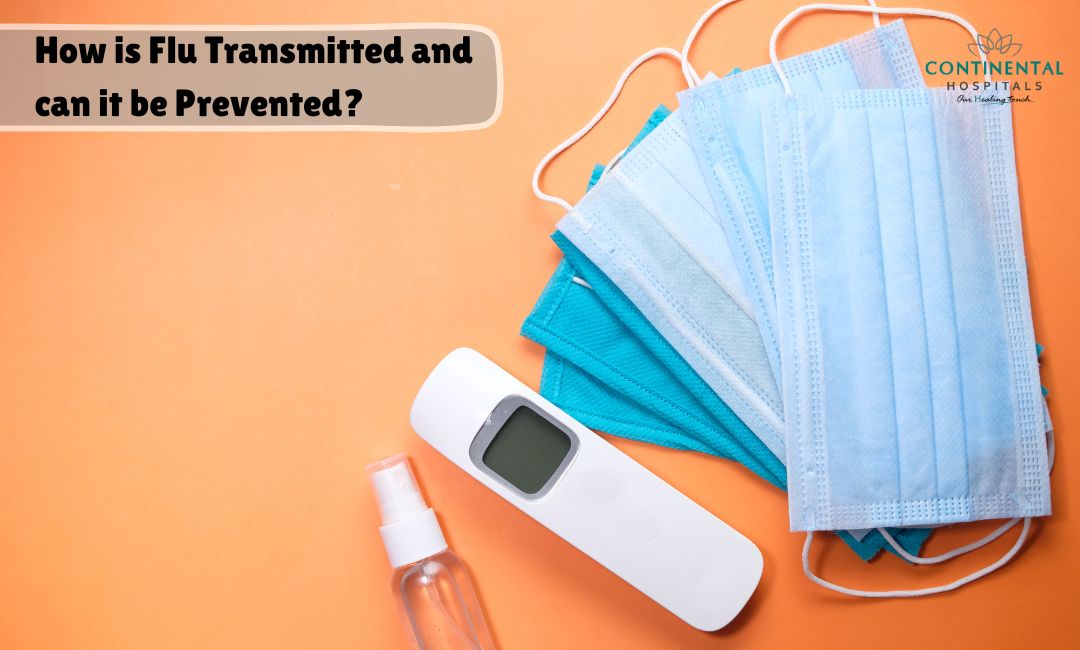World Sight Day, observed on the second Thursday of October every year, is a global day of awareness aimed at focusing attention on the importance of eye health and preventing blindness. Organized by the International Agency for the Prevention of Blindness (IAPB), this day is crucial for raising awareness about vision impairment, the preventable causes of blindness, and ensuring that eye care services are accessible to everyone.
Global Burden of Vision Impairment
Worldwide, an estimated 2.2 billion people have some form of vision impairment, and at least 1 billion of these cases could have been prevented or have yet to be addressed. Vision impairment affects people of all ages, but the elderly are especially vulnerable due to conditions like cataracts and age-related macular degeneration. Children also suffer, with conditions such as refractive errors and congenital eye disorders affecting their development and education.
The global burden of vision impairment is exacerbated by a lack of awareness, access to services, and proper infrastructure in low-income countries. However, World Sight Day offers a platform to address these challenges by fostering collaboration between governments, healthcare providers, and international organizations.
Impact of Visual Impairment on Individuals and Societies
Visual impairment can have a profound impact on individuals and their families, affecting their ability to work, learn, and participate fully in society. It can lead to social isolation, economic hardship, and reduced quality of life.
For children, visual impairment can hinder their education and development, limiting their future opportunities. In adults, it can affect their productivity and employment prospects, leading to poverty and increased dependence.
At the societal level, visual impairment can place a heavy burden on healthcare systems and social services. It can also have economic consequences, as it may reduce productivity and increase healthcare costs.
Preventable Causes of Blindness
Many of the causes of vision impairment and blindness are preventable or treatable. Some common conditions include:
Refractive Errors: These are the most common causes of vision impairment and include nearsightedness (myopia), farsightedness (hyperopia), and astigmatism. Fortunately, refractive errors can be easily corrected with glasses, contact lenses, or surgery.
Cataracts: The leading cause of blindness globally, cataracts occur when the eye's natural lens becomes cloudy. They primarily affect older individuals, but cataracts can also develop due to trauma, radiation, or other factors. Cataract surgery is a simple and effective treatment.
Glaucoma: Often called the "silent thief of sight," glaucoma is a group of diseases that damage the optic nerve and lead to gradual vision loss. Early detection and treatment with medication or surgery can prevent blindness.
Age-Related Macular Degeneration (AMD): This condition affects the central part of the retina and is a leading cause of blindness among people aged 50 and older. While there is no cure, lifestyle changes, and medical treatments can help manage the disease.
Diabetic Retinopathy: As a complication of diabetes, this condition damages the blood vessels in the retina. Early detection through regular eye exams is essential to prevent vision loss in individuals with diabetes.
Eye Care for All: The Need for Inclusivity
Accessible Services: Governments should invest in the infrastructure needed to provide accessible eye care services. This includes building more eye clinics, providing affordable medications and surgeries, and training healthcare professionals.
Community-Level Interventions: Community-based eye health initiatives can be effective in reaching remote and underserved populations. Mobile clinics, eye screening camps, and outreach programs can make eye care more accessible.
School-Based Vision Programs: Vision problems are a major cause of academic difficulties among children. Implementing school-based vision screening programs ensures early detection and correction of eye problems, promoting better learning outcomes.
Affordable Eye Care Solutions: High costs can be a barrier to receiving treatment for vision problems. Governments, non-profit organizations, and private companies can collaborate to reduce the costs of corrective lenses, surgeries, and medications to make eye care more affordable.
Technology and Innovation: The integration of technology into eye care has the potential to expand services, especially in rural areas. Telemedicine allows for remote consultations, while mobile apps can help diagnose vision problems and provide eye health tips. Further investment in these technologies can improve accessibility.
Role of Nutrition and Lifestyle in Eye Health
Proper nutrition plays a key role in maintaining good vision. A diet rich in vitamins and minerals can help prevent or delay eye diseases. Some nutrients essential for eye health include:
Vitamin A: Deficiency in this vitamin can lead to night blindness and other vision problems. Foods rich in vitamin A include carrots, sweet potatoes, and leafy greens.
Omega-3 Fatty Acids: These healthy fats, found in fish like salmon and flaxseeds, support eye health by reducing inflammation and helping to prevent dry eye syndrome.
Vitamin C and E: Antioxidants like vitamin C (found in citrus fruits) and vitamin E (found in almonds and sunflower seeds) protect the eyes from oxidative damage, which is linked to cataracts and AMD.
Zinc: This mineral is important for maintaining the health of the retina and is found in foods like oysters, beef, and pumpkin seeds.
Lifestyle choices also impact eye health. Smoking, excessive alcohol consumption, and prolonged exposure to UV light increase the risk of developing eye diseases like cataracts and AMD. Taking preventive measures, such as wearing sunglasses, limiting screen time, and practicing good hygiene, can help protect your eyes.
Initiatives and Support for Eye Health
Various organizations, including the World Health Organization (WHO), IAPB, and Vision 2020, have made significant strides in reducing the burden of preventable blindness. These initiatives focus on improving eye care services, increasing access to treatment, and promoting research into new treatment options.
In recent years, the Vision 2020: The Right to Sight initiative, launched by the WHO and IAPB, has focused on eliminating avoidable blindness by the year 2020. Although significant progress has been made, the global effort continues to ensure that everyone has access to comprehensive eye care services.
Conclusion
World Sight Day 2024 reminds us of the importance of vision and the need to take action to prevent vision impairment and blindness. With millions of people globally still lacking access to basic eye care services, the call to action for governments, healthcare providers, and individuals is clear: we must prioritize eye health as part of overall health and well-being.
Related Blogs:
.webp)







